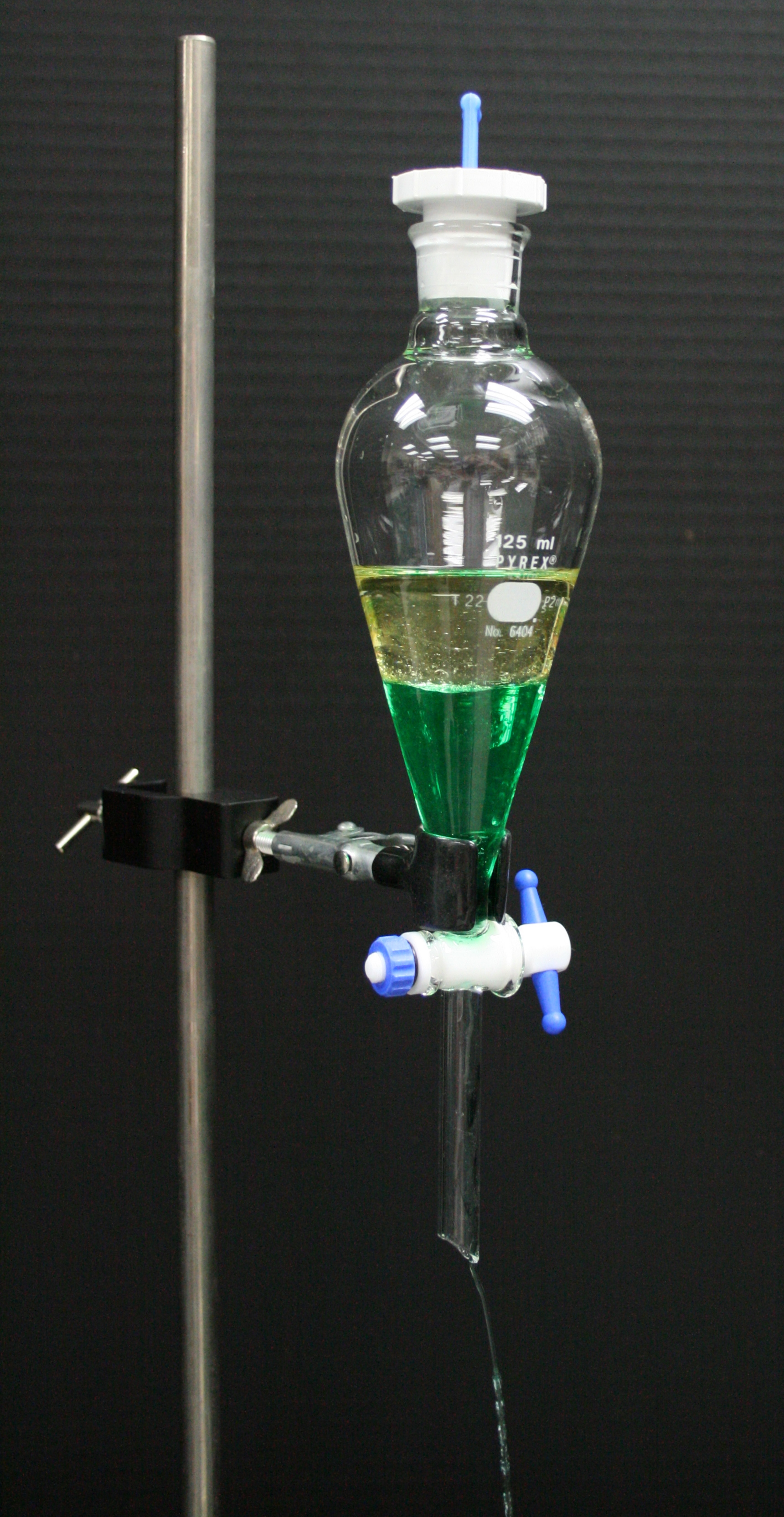I feel like the original post lacks information. I original used one large mason jar (32 ounces I think) and 4 small ones (8 ounces). But when you put the washed yeast into the small ones you are only supposed to pour in the middle layer, which means no way a 32 ounces jar is gonna fill 4 eight ounce jars when you can only use half to get good clean yeast. So I used 2 large mason jars this time and only filled 3 small mason jars. The 4th mason jar I poured straight from the carboy. You can see the difference between one washed yeast jar that came from the middle later of the mason jar and the jar that came straight from the carboy. I was very pleased with my results. Check it out

The one on the right was straight from the carboy. The one on the left was washed properly. WLP300 by the way.

The one on the right was straight from the carboy. The one on the left was washed properly. WLP300 by the way.































![Craft A Brew - Safale S-04 Dry Yeast - Fermentis - English Ale Dry Yeast - For English and American Ales and Hard Apple Ciders - Ingredients for Home Brewing - Beer Making Supplies - [1 Pack]](https://m.media-amazon.com/images/I/41fVGNh6JfL._SL500_.jpg)




























